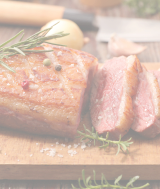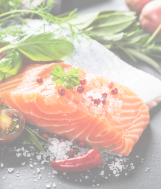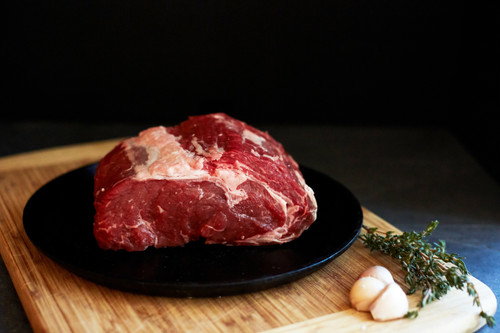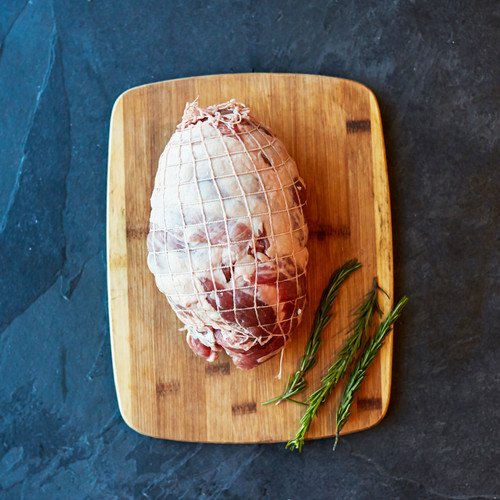The True Cost of Meat

We often get the question, "Why are your products so expensive?" The truth is they aren't. The true question is, "Why is cheap meat so cheap?"
Not all meat is created equal.
We believe in raising healthy, happy animals that are healthy for you, the animals, and the world.
- Grass-fed regenerative meat and pastured poultry take 2-3 times longer to grow than industrial meat - including industrial organic.
- 99% of the poultry raised in the US is raised in confinement. This includes industrial organic and even free-range poultry.
- 100% grass-fed meat is more humane because it allows the animals to live the lives they were meant to live rather than being crowded in feedlots or concentrated animal feeding operations (CAFOs).
We are as free of externalities as possible - there are no hidden costs.
- Conventional meat is highly subsidized from multiple angles, both in its inputs and outputs. Its true price is several times higher than its cost at the grocery store. KOL Foods meat is not government-subsidized, so what you are paying for is its true cost. KOL Foods meat is not expensive, rather it is priced according to its true cost.
- These subsidies are putting farmers out of work in developing countries including South/Central America; partially resulting in the huge increase in illegal immigration to the USA.
- Fast food hamburger meat can be as cheap as $0.80/lb but if society incorporated all the externalities into the cost (human health, animal health, pollution, etc) this $0.80/lb hamburger would actually cost somewhere around $200/lb. KOL Foods ground beef is way cheaper than that!
- Grass-fed meat is much better for the environment because it uses a lot less fossil fuel.
- Feedlots and CAFOs are breeding grounds for antibiotic-resistant bacteria and produce more sewage than many human towns of the same population. In most states CAFOs are regulated the same way small farms are rather than as factories or sewage plants so they are unregulated when it comes to dumping raw sewage.
We believe in a fair day's wage for an honest day's work. We believe in partnering with small family farms.
- We pay our farmers a living wage for their animals, that's 2-4 times more than what the industrial (including organic) folks will pay.
- Just as KOL Foods is small, so are the farms we work with. We believe that these small farms make superior meat, are able to give our animals the individual attention they deserve, and we enjoy opening up markets to farmers who might otherwise not have access.
But you don't need to take our word for it.
From Consumer Reports: "It can take a farmer up to a year longer (and an extra year’s worth of food, care, and labor) to get a grass-fed animal to reach slaughter weight than for a conventionally raised one. Grass-fed cattle also tend to be smaller at slaughter, so there’s less meat to sell per head. So when you shop and spend, consider the benefits of supporting sustainable methods in place of conventional ones."
















